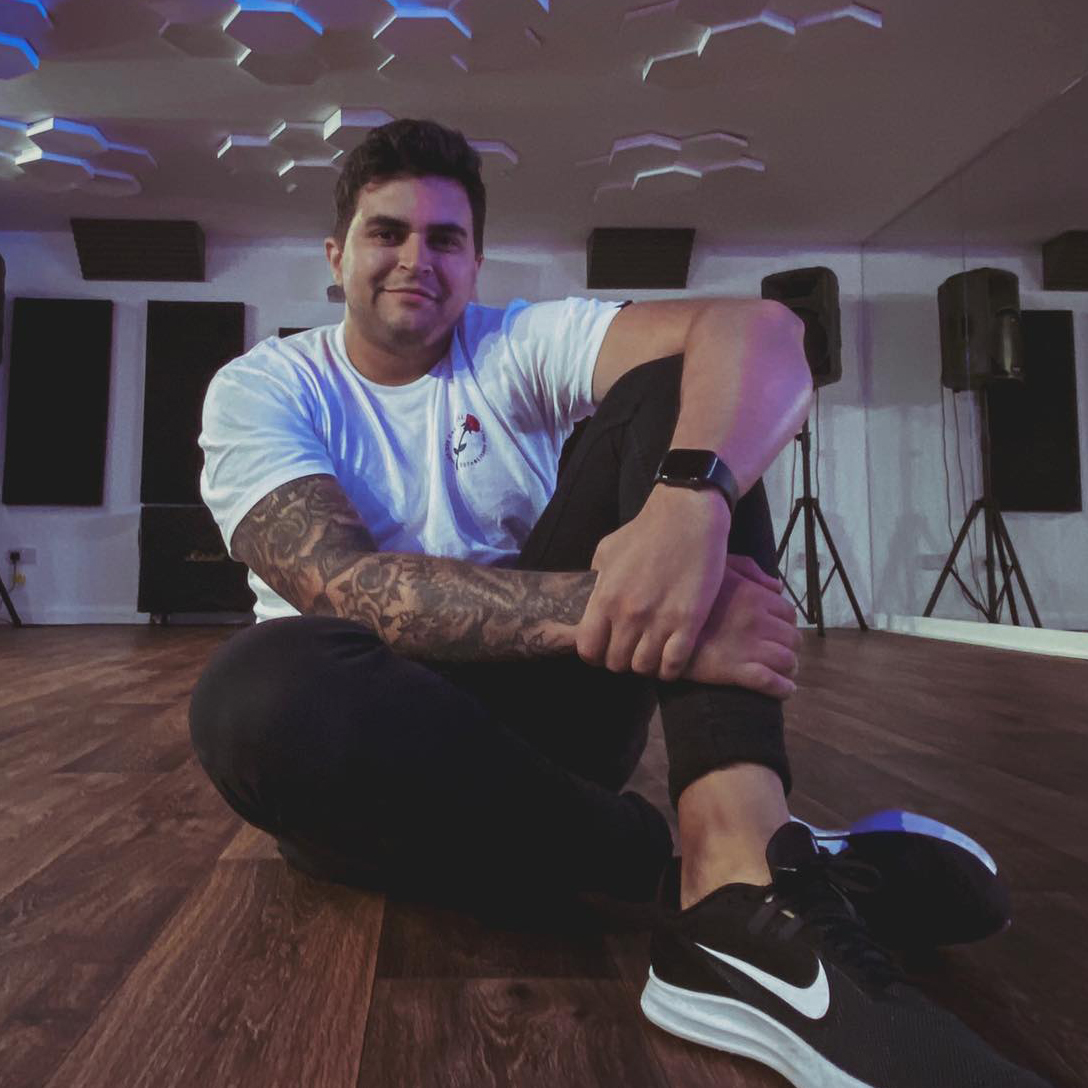Fitbit Sense vs Fitbit Versa 3: Which is better?
The Fitbit Sense vs Fitbit Versa 3 is a tough choice, because the two share so many similarities.
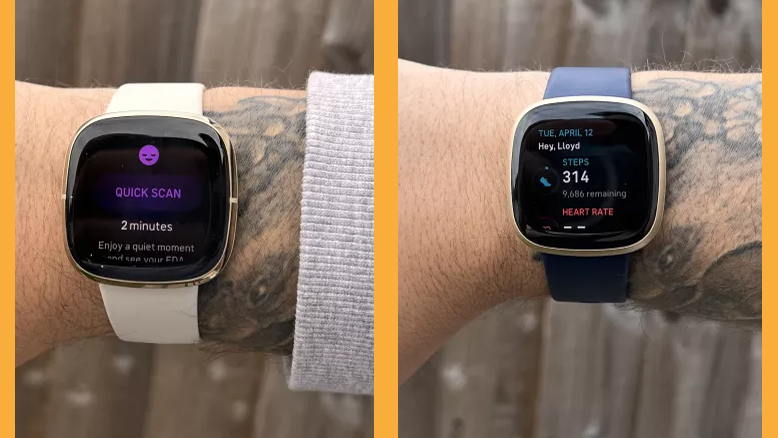
When picking the best Fitbit, it’s fair to ask “should I buy the Fitbit Sense vs the Fitbit Versa 3?” The models are remarkably similar, although there are some key differences under the surface.
While Fitbit made its name with more bracelet-styled fitness trackers, the Versa 3 and Sense show the manufacturer embracing a smartwatch-like design. They are both easily among the best fitness trackers you can buy right now and also feature in our round-up of the best Fitbits.
That said, they’re not quite on the same level as the likes of the best Garmin watches or the Apple Watch Series 7 – the interface on Fitbits is still app-based, and there are very limited third-party connections on the watches. But what the models lack in fancy features they make up for with a low price and long battery life.
So, without further ado, here’s a thorough breakdown of the Fitbit Sense vs Fitbit Versa 3 – which will come out on top?
Which is cheaper?
Both the Fitbit Sense and the Versa 3 are perched atop the Fitbit pyramid in terms of features, so they represent the most premium models available from the company.
The Fitbit Versa 3 comes in at $229.95, although it can be found retailing for around $80 less if you do some digging. Meanwhile, the Fitbit Sense will set you back $299.95, but again, you can find it for considerably less (we recently spotted it on sale for $219.)
Which is more accurate?
In our testing across a variety of workouts, both the Sense and the Versa 3 were equally as accurate.
Since both offer GPS, we were able to run without having a phone connected. Both picked up our location within seconds, and both tracked steps and distance within just a few metres of each other. It’d be fair to say that a dedicated running watch (like the Garmin Forerunner 255) would be more accurate, but it would also be a lot more expensive.
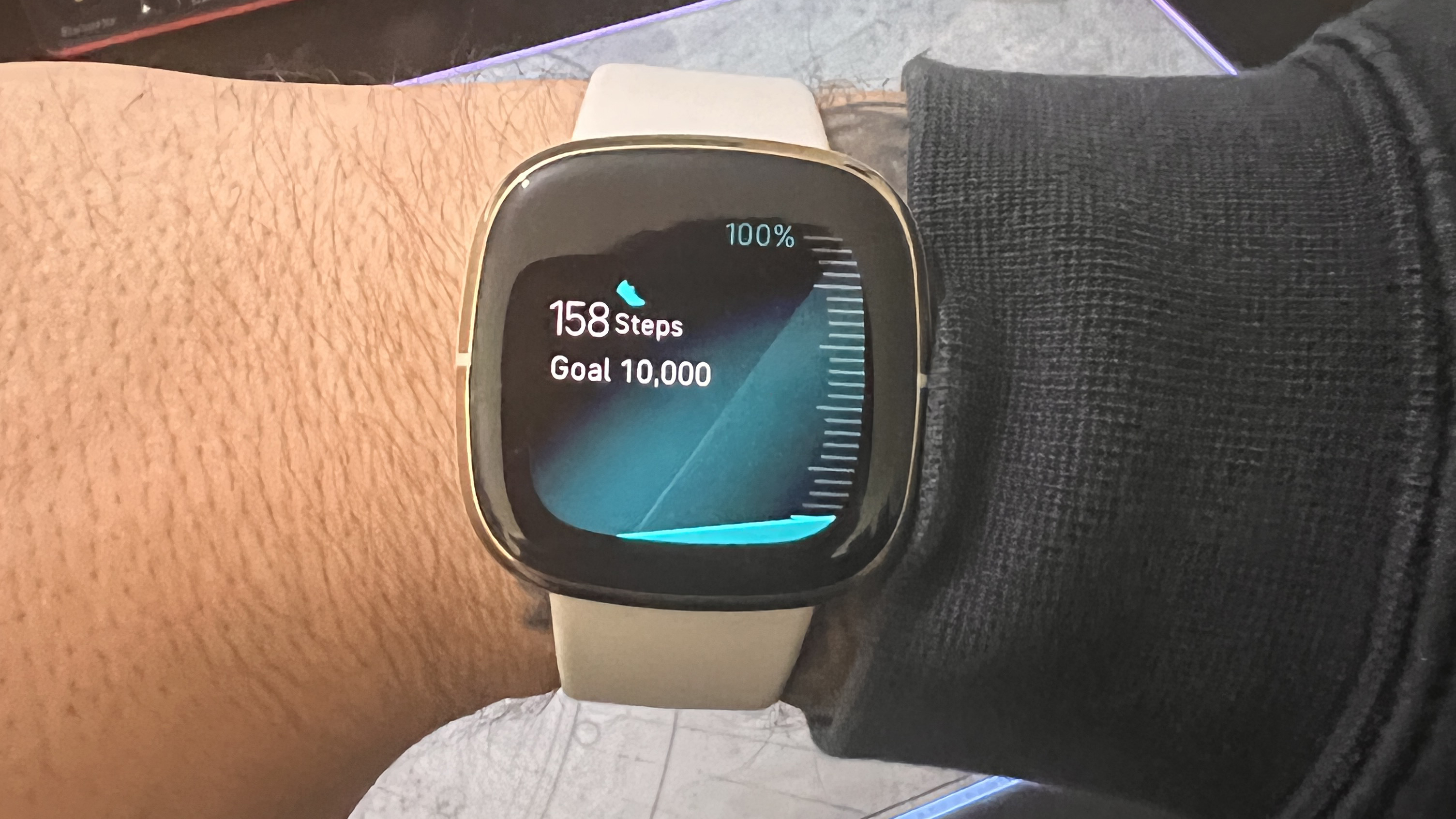
Both also have water resistance, and in testing with a pool swim, both tracked lengths consistently with no issues with functionality (although operating a touchscreen device with wet hands is a challenge on both models).
Which looks better?
The Fitbit Sense and the Versa 3 look very similar. Both offer a 1.58-inch OLED screen with color support, which is easy to read in sunlight. The bezel around the display is slim, too, and there are no physical buttons – although there is a touch-sensitive section on one side. The screen is covered in Gorilla Glass to make the entire thing more durable.
If you’re upgrading from a smaller Fitbit Inspire 2, you may be surprised at how big it is. The Versa 3 weighs in at 27.21g, while the Sense is slightly heavier at 31.75g. When testing them out, we found this difference to be negligible.
They both offer swappable straps which clip on and off with ease, and whichever one you opt for they come with no metallic moving pieces. The idea is that this helps the “Infinity Band” last longer.
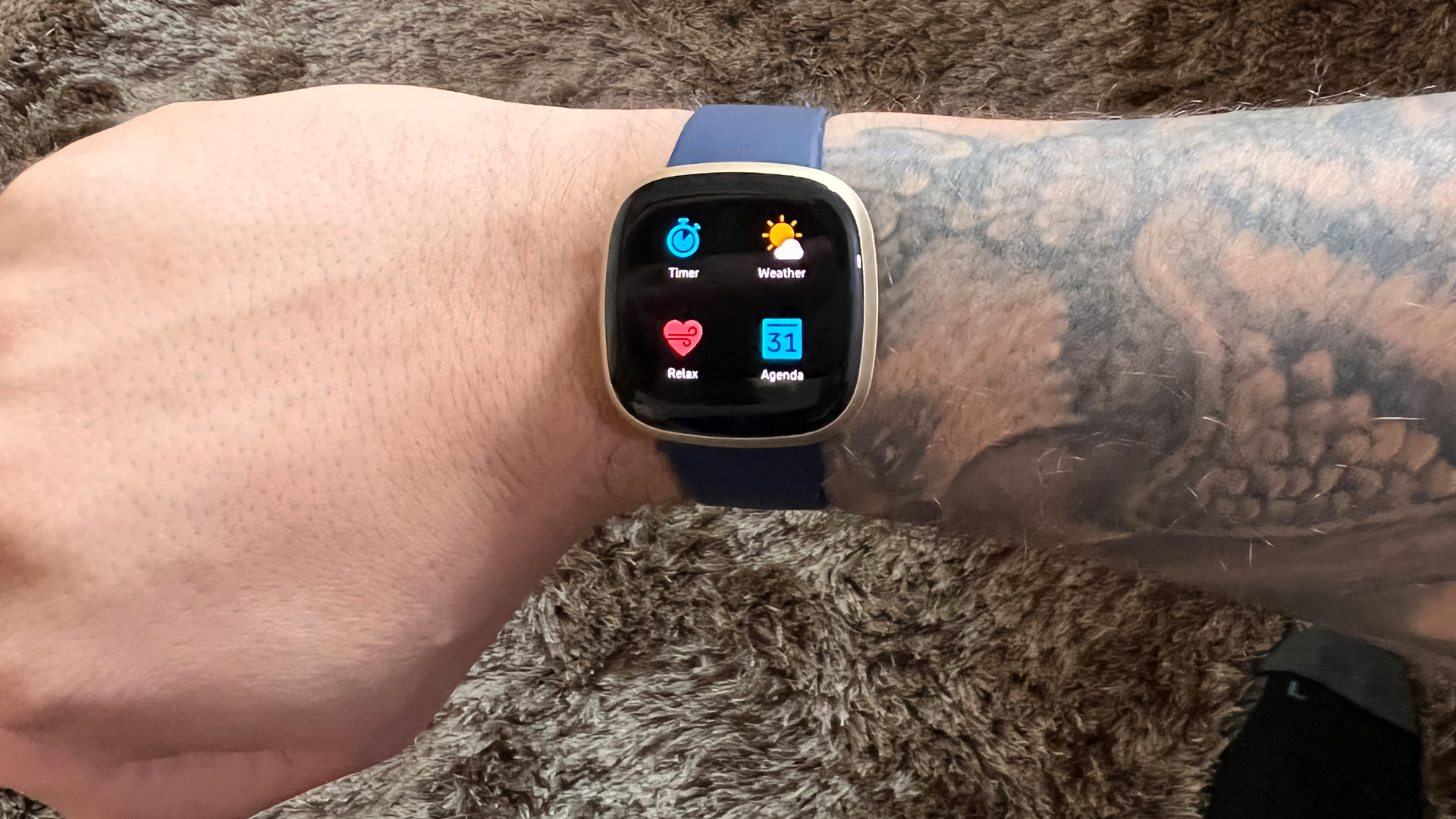
So, what is different? Aside from the slight difference in weight, the only indicator of whether you have a Fitbit Sense or Versa 3 in your hands is the color option. The Sense comes in soft gold, silver stainless steel, and graphite stainless steel.
The Versa 3 is a little more varied, with four options; black, gold (with midnight blue strap), gold (with pink strap), and thistle (essentially gold with a purple/gray strap).
The two are so similar, though, that it’ll come down to personal preference.
Which model offers more features?
The Fitbit Sense has two sensors above what’s offered by the Fitbit Versa 3: the EDA and ECG scans.
The former, in basic terms, tracks the electromagnetic current of your skin, which is affected by active sweat secretion. This is influenced by your nervous system, so in theory the higher the reading the higher your stress levels. To get a reading, you simply place your palm over the screen of the device and wait.
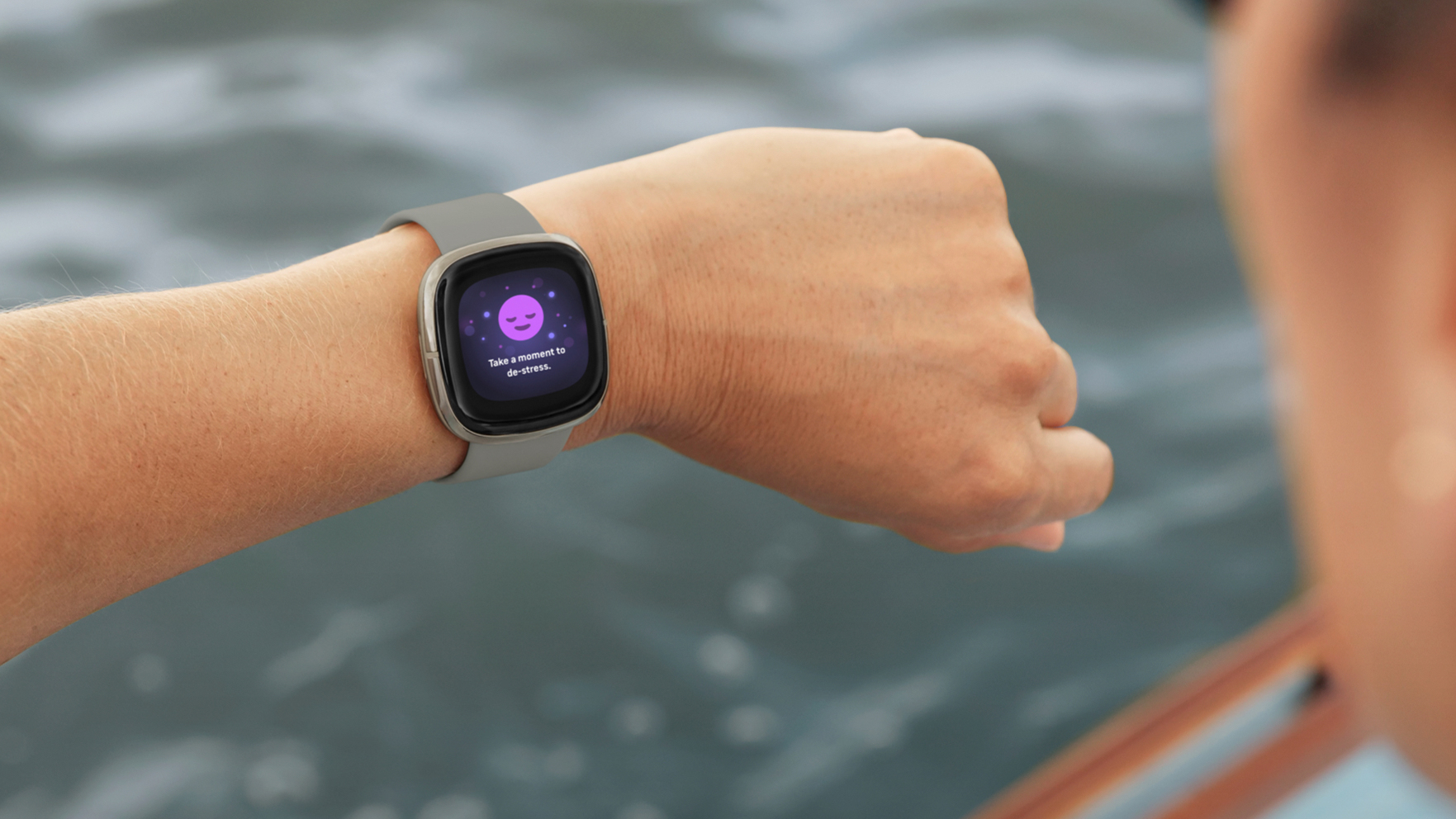
An ECG is a way of identifying atrial fibrillation, also known as an irregular heartbeat. While it’s fairly rare to find EDA sensors in wearables, ECG sensors are common across other devices. Neither of these features are available on the Versa 3.
Aside from the above, the two models offer a similar array of tracking features. You can track steps, blood oxygen levels, heart rate, distance, calories burned, sleep, and plenty more on either device, with everything feeding back into the excellent Fitbit app so you can read your data at a glance.
Both also include six months of Fitbit Premium, an additional subscription that adds personalized training, resting, and diet options to your Fitbit.
Which is better for tracking workouts?
Both Fitbit models allow for plenty of workout types, with over twenty available right out of the box on each.
That means there’s an option for the basics like walking, running, and cycling, as well as more gym-based workouts like weights, stairclimbers, and circuit training and sports ones like tennis, golf, and more.
Again, there’s nothing to choose from between the two in terms of the number or variety of workouts.
Which has better battery life?
Again, it’s a little tough to pick a winner here. Because both share the same chassis with presumably the same battery size (Fitbit doesn’t denote the size of the internal battery), the actual battery life is dependent on which of the features you’re using.
If you’re taking regular ECGs on the Fitbit Sense, for example, you’ll see the battery life drop lower than the Versa 3 with standard use.
Verdict
Given the fairly slimline differences between the Fitbit Sense and the Fitbit Versa 3, it’d be fair to say the Sense comes out on top in terms of features – the EDA and ECG scans make it the most feature-packed Fitbit around.
That’s perhaps oversimplifying things, though – if you’re not looking for either of those features, you can save $80 and be just as happy with the Versa 3.
Of course, it may just come down to color options, particularly if a discount brings the pricing of both models closer together. In any case, both the Fitbit Sense and the Fitbit Versa 3 are excellent fitness trackers.
Sign up for the Live Science daily newsletter now
Get the world’s most fascinating discoveries delivered straight to your inbox.
Lloyd Coombes freelance tech and fitness writer for Live Science. He's an expert in all things Apple as well as in computer and gaming tech, with previous works published on TechRadar, Tom's Guide, Live Science and more. You'll find him regularly testing the latest MacBook or iPhone, but he spends most of his time writing about video games as Gaming Editor for the Daily Star. He also covers board games and virtual reality, just to round out the nerdy pursuits.
